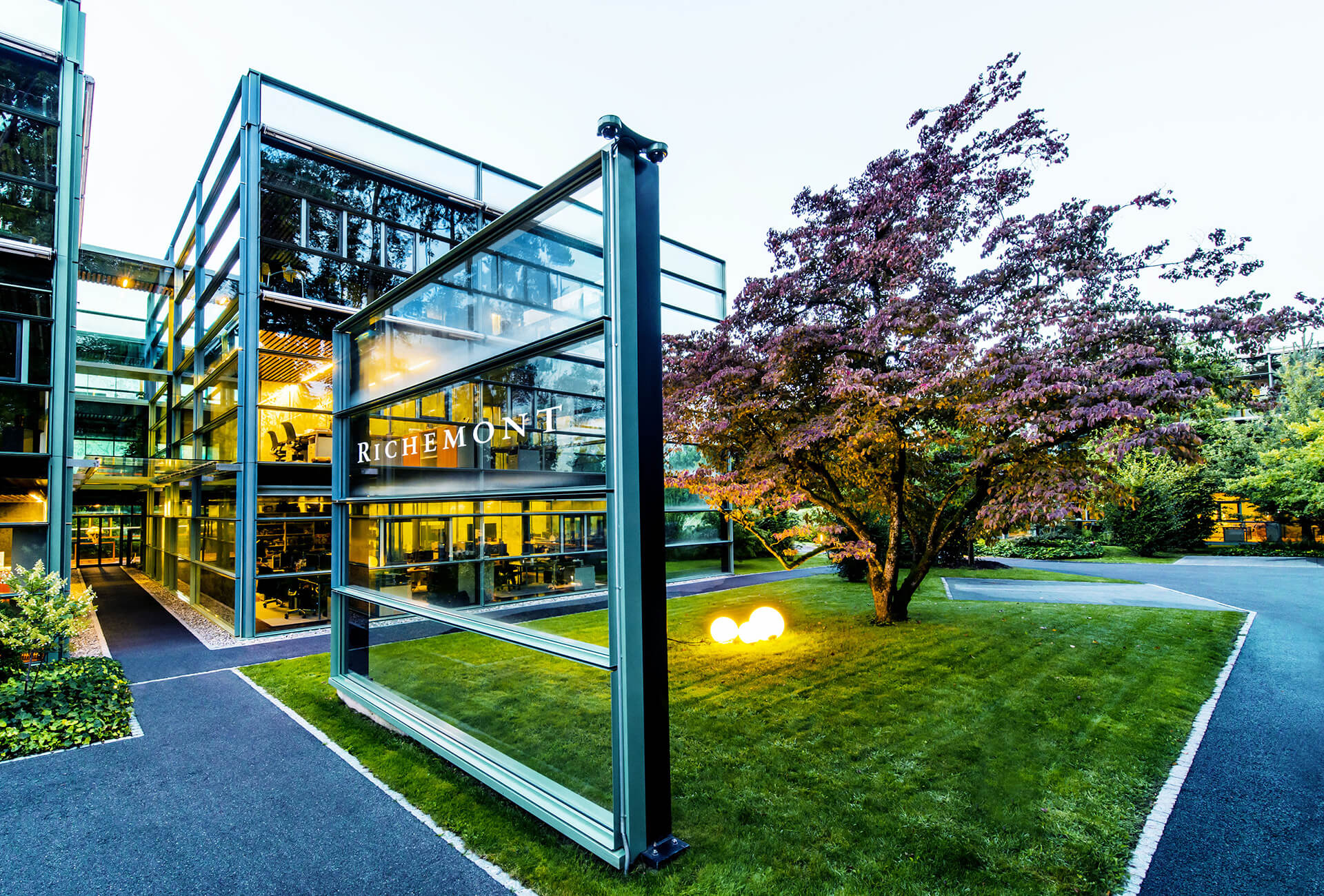You’re a watch fan, and you’re not sure which of your favourite brands sells its products online? What better way to find out than a quick click on a website that puts them all under one roof? In which case, why not head to Mr Porter? You’ll be in good company if you do: last month, a little over four million people visited the site. But let’s cut to the chase and go straight to the Watches “department”, where the recently published Luxury Watch Guide is yours to browse, filled with watches but also Stories, The Knowledge, descriptions of your best-loved brands and their products, a handy classification of their models, and a rundown of the services that are yours when you trust your purchase to Mr Porter. And there you have it: products, information and services to give you the best possible customer experience from the comfort of your keyboard.
With eighteen watch brands in its portfolio, this is just a start. As Toby Bateman, managing director of Mr Porter, explained to WatchPro, “it is pretty small at the moment, but it is growing fast.” In the same interview, Bateman recalls his first contacts with fine watch brands at the industry’s major fairs, where he was almost thrown off some stands the second the i-word (internet) passed his lips. How times change: “At SIHH this year, on every stand I visited I was introduced to the brand’s digital director. That is an amazingly positive thing.”
Out with the old
There’s a reason for that: since June, Mr Porter is under new management, after Richemont took control of Yoox Net-A-Porter which owns the site. This acquisition should be seen in the context of a strategy to retool Richemont in line with a changing market. Speaking at a presentation of the group’s figures in May 2017, Johann Rupert made his belief clear: “I think everything is changing. I am talking about a massive change in the way business is being done by going digital. Our goal is to position Richemont that we’re ahead of curves.” Putting words into action, within the space of a year, Compagnie Financière Richemont has undergone one of the biggest transformations in its history.

Some of the first changes involved the people at the head of the group. Eight members of the “old guard” left the board of directors where they were replaced with nine new faces. These were four executives from within Richemont (three of whom are in their 40s) and five from outside the group, of which two women, two Asians and (keeping it in the family) Johann Rupert’s son, Anton. There was a similar shakeup in management. After a brief power-sharing interlude at the highest level, Jérôme Lambert was appointed Chief Operating Officer of the group. Meanwhile, six of its eight watch brands (or Maisons, as it likes to call them) got a new CEO. Their mission is to address the challenges that face the group in the twenty-first century, by developing an agenda “to meet the rapidly changing demands of luxury customers”. More than just a few tweaks here and there, the group has implemented this new strategy across the board.
Distribution
One of the biggest transformations affecting the luxury industry is, of course, the power of the internet as a channel for sales and content, a fact that obviously hasn’t escaped Richemont’s attention. Since 2002, the group has been involved with the development of Net-A-Porter, one of the biggest luxury e-commerce sites which merged with the Italian Yoox in 2015. In May, Richemont launched a €2.7 billion takeover bid to acquire the shares it didn’t already own, following which Yoox Net-A-Porter was delisted from the Milan Stock Exchange at end June. In return, Richemont gets the benefit of €2 billion in revenues, thanks to YNAP’s four e-commerce sites (Net-a-Porter, Mr Porter, the Outnet, and Yoox) and the thirty-some online stores it operates for brands that include Armani, Valentino and Ferrari. In one fell swoop, Richemont became one of the biggest players in luxury e-commerce. As the group’s chief finance officer, Burkhart Grund, noted, prior to the deal e-commerce accounted for 1% of the group’s total revenues – a figure that has now climbed to 17%.
After e-commerce, the second essential part of this transformation has been traditional brick-and-mortar, and specifically to grow the amount of sales made in the retail channel of Richemont-operated or franchised stores as opposed to the wholesale channel of independent dealers. American investment bank Morgan Stanley forecasts that in five years’ time, 27% of Swiss watch purchases will be made directly from the brands themselves, compared with 9% today. There are several reasons for this, starting with the spectre of the grey market and the bad habit certain third-party dealers have of shifting unsold inventory through platforms which then resell at heavily discounted prices. The problem was exacerbated after the market hit a rough patch (2015 to 2017). Richemont was quick to respond and, over a period of two years, bought back close to €500 million of excess inventory – a decision that weighed €135 million on gross profit for the fiscal year to March 31st, 2018. In parallel, Richemont has continued to expand its own distribution network, which now has 1,835 boutiques, including 712 franchises, accounting for 63% of sales, the remaining 37% coming from wholesale – the exact opposite of the situation a decade ago. Given that margins are higher in the retail channel, which continues to perform well (compared with declining sales in the wholesale channel), there’s little chance of a reversal in this trend.
Richemont has entered the pre-owned watch market with the takeover of Watchfinder, one of the foremost specialist platforms.
A new approach to luxury
Product-wise, Richemont has been busy too. The group has made its entry into the second-hand watch market with the takeover of Watchfinder, a specialist platform that carries some of the industry’s most established names. According to Jon Cox, a financial analyst with Kepler Chevreux, the pre-owned watch market is worth around $5 billion annually. And it’s a figure that’s set to grow, not least given pre-owned’s appeal to millennials, whose attitude towards luxury and consumption is completely different to that of previous generations. These same millennials are the target audience of Baume, the newest brand in the Richemont stable, which launched in May. Online, affordable, eco-conscious and with multiple customization options, it ticks all the boxes for the millennial demographic. As for Richemont’s core businesses of watches and jewellery, the group is making the most of new opportunities. Sluggish watch sales over the past two years have been largely compensated by rising sales of jewellery, through Cartier and Van Cleef & Arpels. Between fiscal years 2015 and 2018, Richemont’s jewellery sales grew by 36.5% while watches dropped 15.5%. The two divisions are now pretty much neck-and-neck.
These are the transformations shaping the Richemont of the future. Ask Mr Porter…












